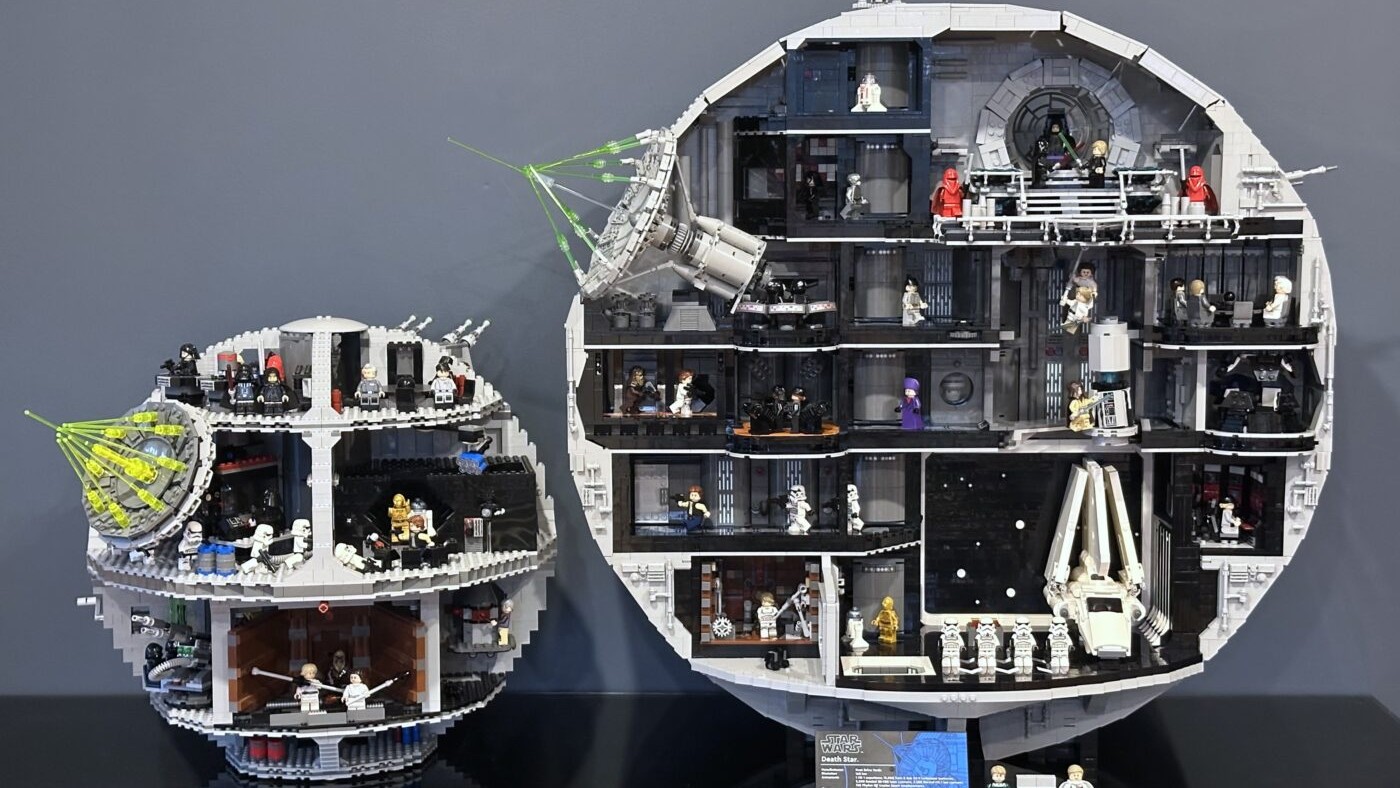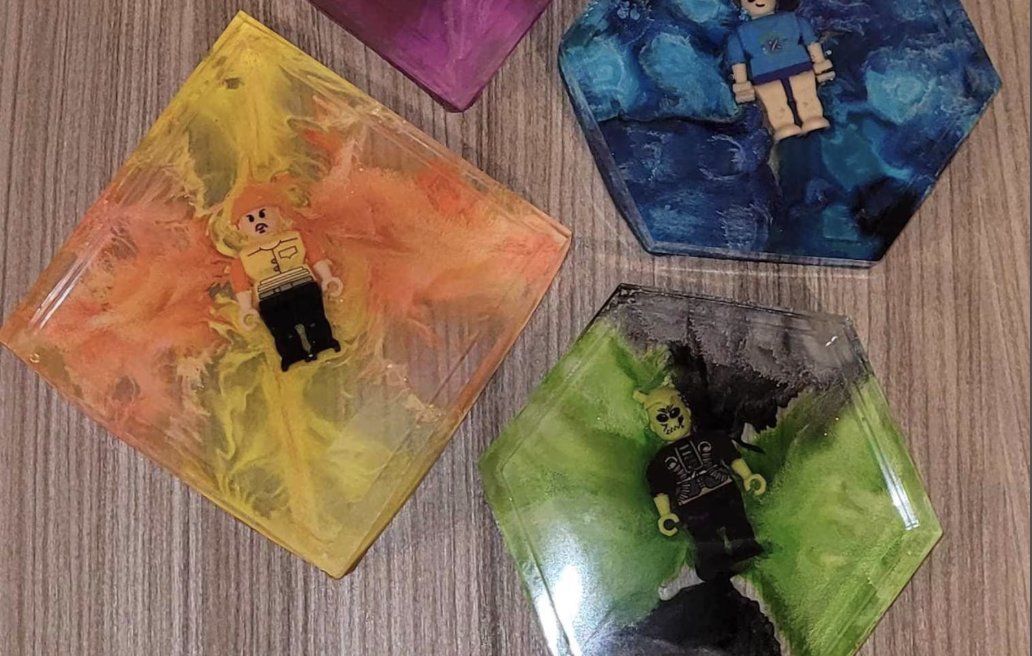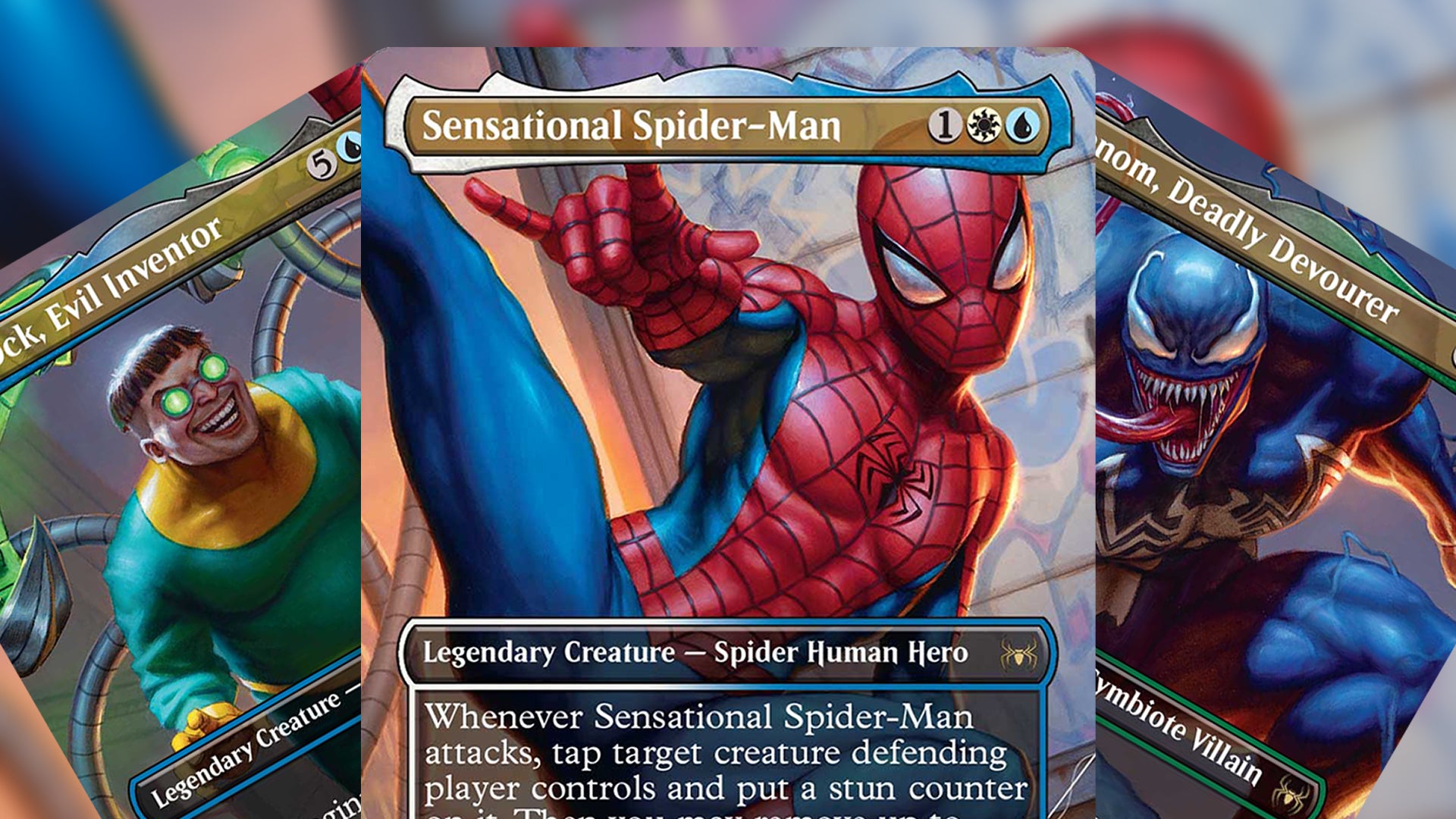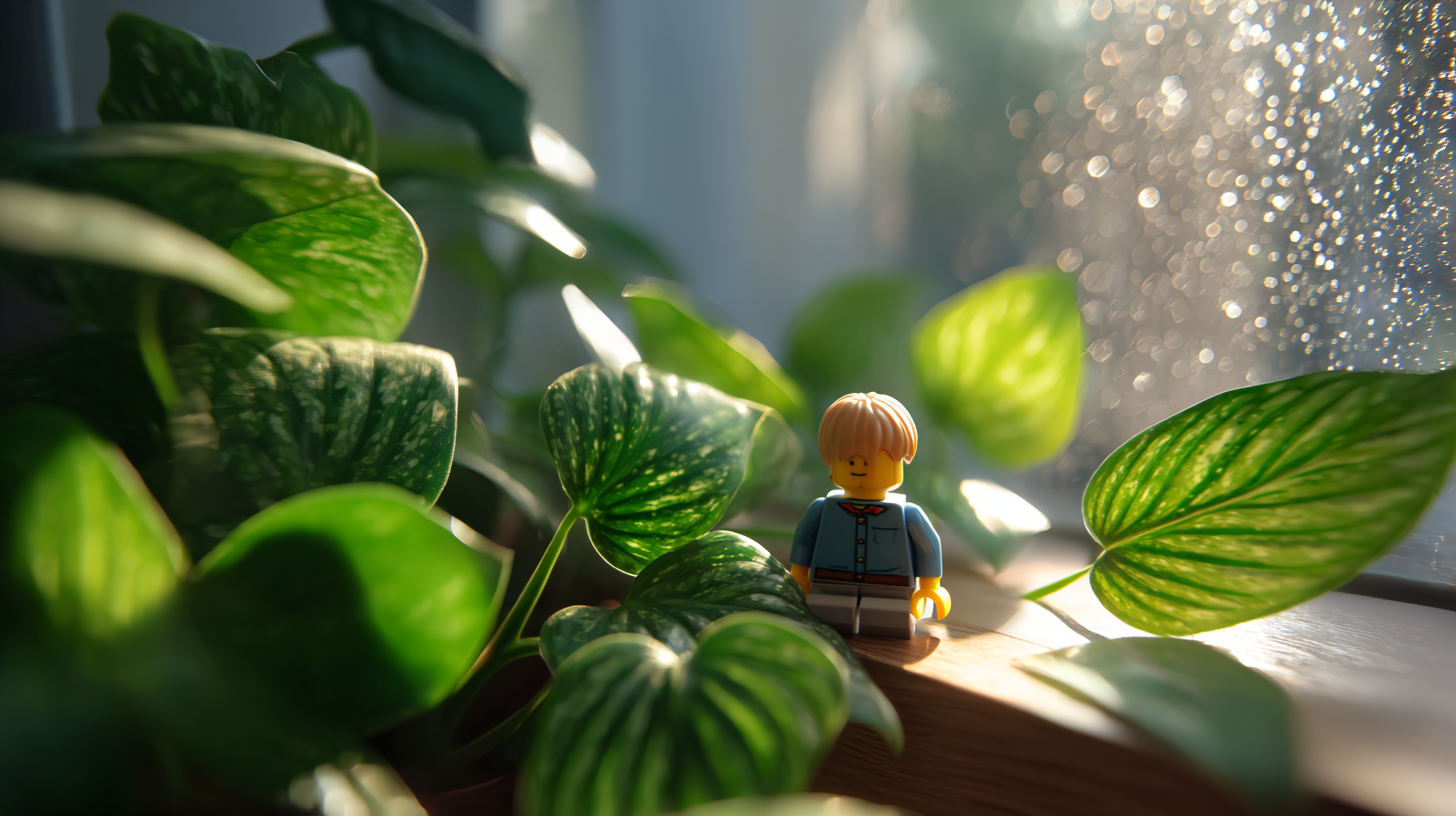
2025 LEGO Sets: The Best, Coolest, And Most Talked-About Releases
f you follow LEGO, 2025 was a big year. New licenses arrived, long-running themes leveled up, and we even got the priciest Star Wars model

Stare into any clear-resin coffee table and you feel like an archaeologist who just cracked open amber. Inside sit tiny brick heroes locked mid-pose, blasters raised forever. It is the same curiosity that draws collectors to prop replicas, only scaled to a living-room accent you can rest a mug on. In this guide we explore why resin cast minifigs have become a cult décor move, how makers pull it off without industrial gear, and what figures work best when you are ready to freeze your favorites in glossy eternity.
Collectors usually keep figures mobile—posing, swapping, dusting. Pouring resin over them sounds crazy until you see the payoff. The clear block magnifies prints, seals joints from wear, and turns a handful of cheap bricks into something that feels like museum art. Guests wonder how the scene got inside, much like a ship in a bottle. For homeowners, the benefit is practical: no more tipping minifigs every time a friend slams a glass on the table.
Opaque parts can cloud over when encased, so pick minifigs with reflective helmets, metallic chest plates, or translucent energy pieces. Deep colors survive yellowing better than white. A quick glance through the lineup of movie minifigs reveals bold reds, polished silver, and neon accessories that glow like hard candy once submerged.
Size matters because resin blocks distort scale. Stick to classic figure height; oversized accessories may breach the pour surface and cause air pockets.
You do not need a factory rig. A silicone mold, two-part epoxy, gloves, and a well-ventilated space handle most small projects. Clamp a scrap of wood across the mold top so figures stay upright during cure. Skip quick-cure resins; the heat spike can warp plastic. Slow-cure formulas set in 24 hours, keep temperatures mild, and leave fewer bubbles.
Always pre-coat figures in a thin layer of clear acrylic to prevent micro-air escaping through torso seams. Let them dry overnight before the pour.
Full cure can take up to three days. Do not remove the block early; tacky resin fingerprints never polish out.
For a more detailed supply checklist, skim our earlier post on aquarium builds, “Submerged Minifig Aquascape Scenes.” Many of the sealing tips there translate straight to coffee-table art.
If you need inspiration for dynamic stances, our diorama guide “Minifig Diorama Tips for Small Desks” breaks down posing tricks that also work before a resin pour.
Resin acts like glass: fingerprints show, scratches dull. Wipe with microfiber and a dab of plastic-safe polish. Keep blocks out of direct sun; UV stabilizer slows yellowing but does not stop it. Felt pads under coaster bases protect wood tables.
A gallon of quality resin costs about the same as a mid-tier action figure and yields three coasters or one 12-inch table inset. Add mold and pigment, and the project still runs cheaper than mass-market pop-culture furniture. Figures are the smallest expense, especially if you grab singles in waves—i get mine from minifig.biz. Shipping on a couple of bricks is pocket change compared with big-box toy hauls.
Resin cast minifigs let collectors immortalize pocket-size icons the way bug enthusiasts frame beetles. The project is messy but not hard, expensive but not outrageous, and the result looks like merch Lucasfilm wishes it had thought of. Next time you reorder bricks, set aside a few troopers for the pour. A month later you will set your coffee on a clear cube, stare at the trapped legion inside, and wonder why you ever dusted open shelves at all.

f you follow LEGO, 2025 was a big year. New licenses arrived, long-running themes leveled up, and we even got the priciest Star Wars model

Silksong is a gorgeous, razor‑sharp Metroidvania that pushes hard and refuses to apologize. Hornet’s movement sings, the combat has bite, and Pharloom is a world

Collecting MTG cards vs collecting minifigures looks like two different worlds at first. Card sleeves and binders on one side. Studs and display cases on

Some people carry a lucky coin. Some keep a pebble from a good trip. More and more of us carry a tiny plastic friend. A